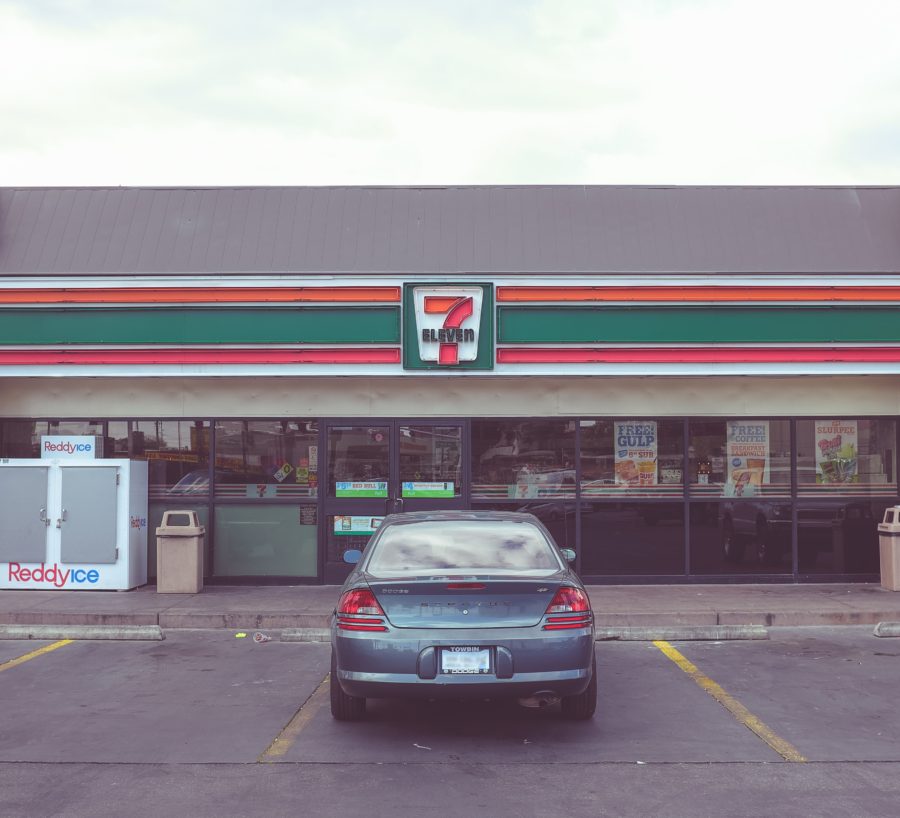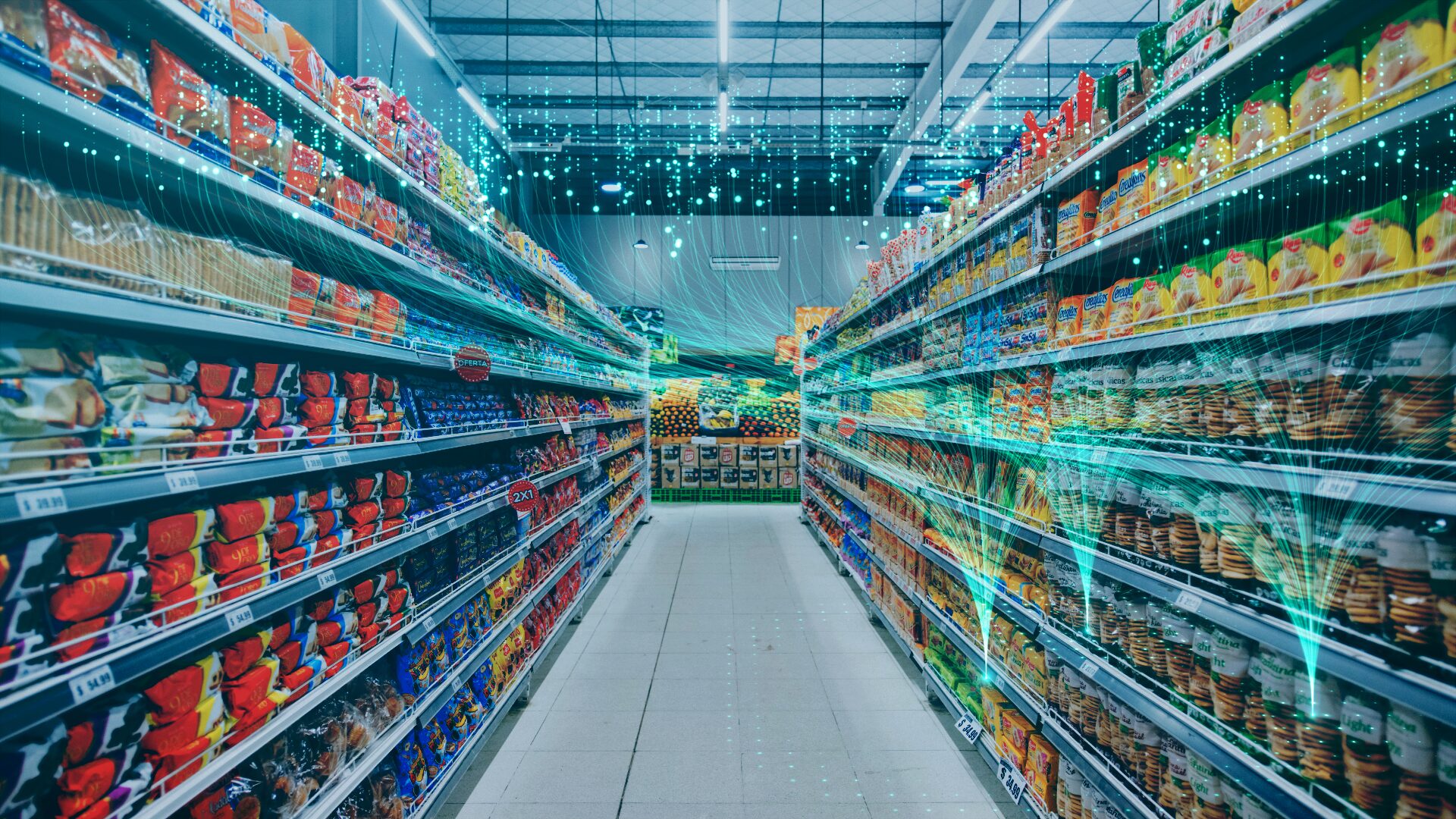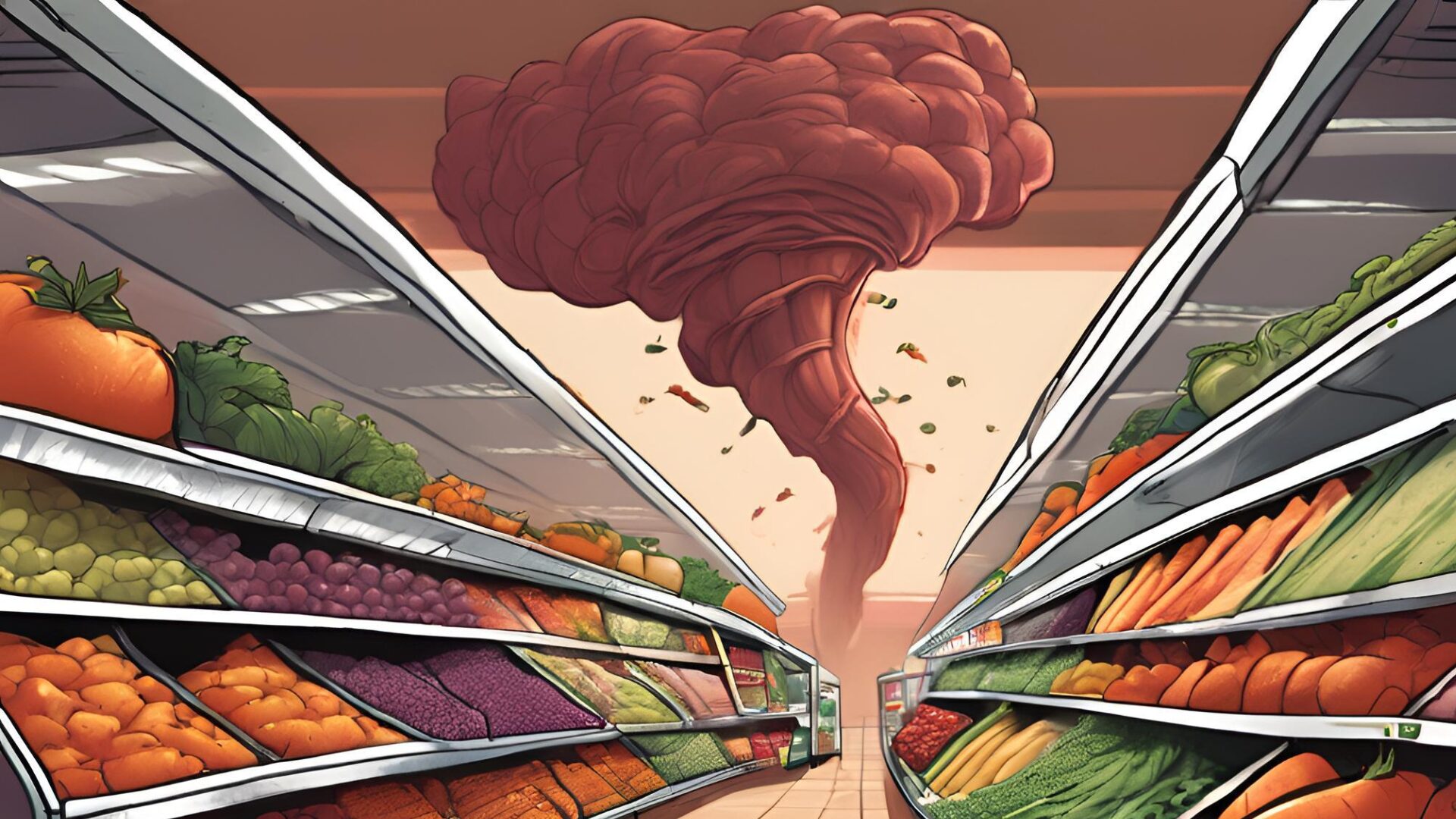Main Points:
- Convenience stores must adopt practices to ensure employee and customer safety, such as contactless checkout
- The ability to shift focus to different day parts to achieve sales is essential
- Consumer loyalty is a key factor to increase revenue
Convenience stores are poised to play a leading role in economic recovery of retail, according to Lori Stillman, VP of research at the National Association of Convenience Stores (NACS), reported Convenience Store News (Aug. 24).
“When you start to stack up the strategic advantage of our industry, you start to see a pretty impressive list that is pretty difficult to beat,” said Stillman.
However, the industry has not been without challenges during the pandemic. In addition to shifting focus to protecting staff and customers, convenience store operators have had to adapt to changing consumer behaviors, such as visiting times, and learn to use shopper loyalty to stay on top of consumer trends.
Employee and Customer Safety
Because they are considered essential businesses, c-stores remained open throughout COVID-19, which required a response to follow health and safety guidelines from CDC and state/local health departments.
Ensuring staff safety includes temperature checks, mandatory mask- and glove-wearing, new cleaning procedures, and other revised systems.
Operators are also expected to enforce social distancing, offer contactless payment options, and provide hand sanitizer for everyone, reported CSP Daily News (Aug. 24). Many c-stores now require masks for shoppers, even if not legally mandated, and are limiting how many customers can be in the store at a time.
In regards to contactless checkout, one startup, Standard Cognition, is using artificial intelligence to create an autonomous checkout experience.
The company recently partnered with Alimentation Couche-Tard, the parent of Circle K, to install its checkout system in convenience stores, beginning with a pilot in Phoenix, reported Forbes (Aug. 11).
Stores will be retrofitted with the technology, meaning that no redesign of the store is necessary. Unlike Amazon Go, Standard Cognition’s system uses no weight sensors, relying solely on its cameras.
If the pilot is successful, more convenience stores and retailers could be encouraged to adopt the technology—especially in the time of COVID-19.
Evolving Dayparts Affecting Sales
Recent numbers have shown that the convenience channel is “stuck in idle mode,” reported Convenience Store News (Aug. 20).
For the two-week period ended Aug. 9, the channel saw a marginal decline in dollars, primarily because year-over-year spend edged lower, according to a biweekly report from PDI and NACS. Trips overall remained steady—a 13.4% year-over-year decrease versus a 13.2% decrease for the two weeks ended July 26.
Among categories struggling are hot dispensed beverages, cold dispensed beverages, and frozen dispensed beverages. Contributing factors include the continued shutdown of some self-serve beverage programs and fewer trips during the breakfast and lunch dayparts, according to NACS Daily.
The weekday morning rush (7 a.m. to 9:59 a.m.) is still idling at 85% of prior year traffic, with only minor gains in the afternoon and evening dayparts.
Koupon Media also found that the 6 a.m. to 2 p.m. daypart, which is the most meaningful for c-store sales, experienced the greatest decline early in the crisis, reported Convenience Store News (Aug. 17). Looking at year-over-year sales growth trends by daypart and month, research found that both the early morning daypart (defined as midnight to 6 a.m.) and the 6 a.m. to 2 p.m. daypart grew versus June 2019, and the 2 p.m. to midnight daypart recovered at a dramatic rate but continues to lag compared to year-ago levels.
To capitalize on new consumer habits, Wawa is testing a dinner menu at hundreds of locations in its operating areas of Pennsylvania, New Jersey, Delaware, Maryland, Virginia, and Florida, reported Restaurant Business Online (Aug. 25).
The menu, which includes items like burgers, pasta, and chicken, is currently only available in stores, but will become accessible for delivery and curbside pickup in the coming months, according to the company.
Consumer Loyalty
Convenience stores have more potential than most retail formats to deeply seed the loyalty of its shoppers, according to Stillman.
The advantages of c-stores include: half of the U.S. population is in a convenience store daily, the channel includes nearly 160,000 locations, the size of the format drives a streamlined assortment, strong offers in many categories, and c-stores being “woven into the fabric” of their communities—driving consumer loyalty.
Forty percent of c-store loyalty members said they currently use their mobile app to track and redeem rewards.
Heading in 2021, Stillman believes the channel should focus, and execute well on, shopper loyalty and engagement. In a recent survey by PDI, 16% of U.S. convenience retailers placed customer retention at the top of their list of current business necessities. Retailers are increasing focus on customer experience as a means to increase revenue. U.S. (66%) and non-U.S. (74%) convenience store retailers claim they plan to improve the customer experience after the pandemic subsides.
“Effective loyalty programs utilize data to profitably change consumer behavior. Due to the pandemic and other market forces, consumer habits have shifted, and data from loyalty programs are more critical than ever to stay ahead and adapt to evolving consumer trends,” said Brandon Logsdon, president and general manager, Marketing Cloud and Fuel Pricing Solutions, PDI.












